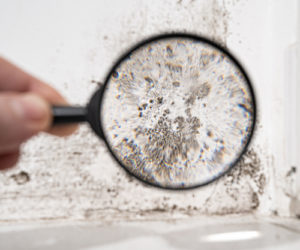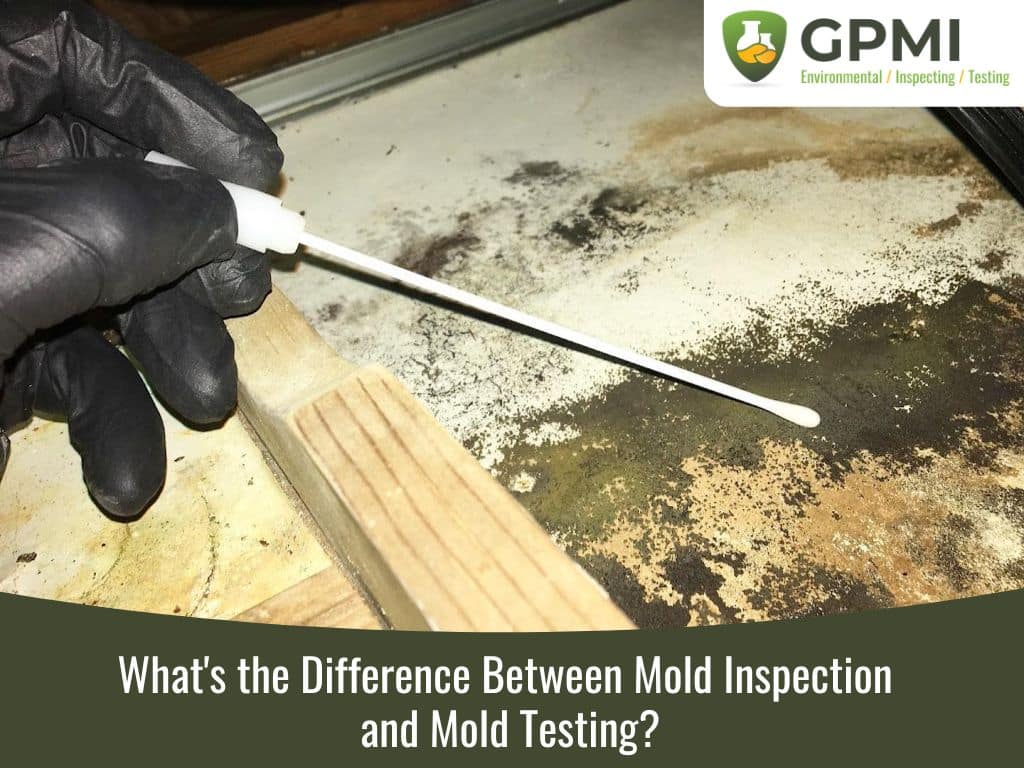Key Tips for Effective Post Mold And Mildew Removal
Resolving mold problems in a reliable and timely way is essential for preserving a healthy indoor atmosphere. Effectively finishing mold remediation is a complex process that calls for focus to detail and adherence to particular procedures. From checking treated areas to implementing moisture control actions, each action plays an essential function in guaranteeing the efficiency of the removal process. There are crucial post-remediation steps that are just as crucial yet commonly neglected. These actions not just verify the success of the removal efforts yet also add to preventing future mold development.
Examination of Treated Areas
Upon completion of the mold and mildew removal process, a detailed inspection of the treated locations is vital to make sure the performance of the removal initiatives. This examination functions as a vital step in the post-remediation phase to confirm that the mold and mildew removal and clean-up procedures succeeded in getting rid of the mold infestation and restoring a secure interior atmosphere. The evaluation ought to be conducted by qualified specialists that have the experience to examine the remediated areas carefully.
During the inspection, numerous elements are evaluated to establish the success of the remediation process. These include visual analyses to look for any kind of signs of mold and mildew growth or water damages, moisture degrees to validate that the area is cost-free and dry of excess moisture that could advertise mold re-growth, and air high quality screening to make sure that the indoor air is risk-free to take a breath. Furthermore, the examination may include making use of specialized devices such as wetness meters and thermal imaging cameras to discover surprise mold and mildew or wetness pockets that might lead to future mold issues if left unchecked. In general, a detailed assessment of the dealt with locations is essential to verify the performance of the mold remediation efforts and offer tranquility of mind to the owners of the building.

Dampness Control Procedures
Efficient wetness control actions are essential for avoiding mold development and keeping a healthy and balanced indoor setting. In addition, making use of dehumidifiers in wet areas can help minimize moisture degrees, making it harder for mold to prosper.
Regularly maintaining the structure and evaluating's outside can additionally stop wetness invasion. After mold remediation. Making certain that seamless gutters are clear, downspouts direct water far from the structure, and the roofing system remains in great condition can aid stop water from seeping right into the building. Effectively sealing doors and windows can additionally assist keep dampness out
Any leaks or spills ought to be cleansed and dried out within 24-48 hours to prevent mold growth. By implementing these moisture control measures, the risk of mold reoccurring can be significantly reduced, creating a much healthier interior atmosphere.
Appropriate Air Flow Assessment
An integral facet of making certain a healthy and balanced indoor environment post mold and mildew remediation is conducting a comprehensive assessment of the air flow system. After mold remediation. Proper air flow analysis plays an essential function in preventing future mold and mildew growth and preserving air top quality within the affected area. Throughout the assessment, experts evaluate the efficiency of the air flow system, looking for any kind of blockages, leaks, or breakdowns that could impede correct airflow. It is necessary to ensure that the ventilation system is sufficiently sized for the room it offers which it fulfills sector criteria for air currency exchange rate.
Furthermore, assessing the air flow system includes examining the circulation of air throughout the location to identify any locations of inadequate circulation where dampness and pollutants could collect. Proper air flow not only assists in controlling moisture levels however also aids in removing airborne mold and mildew spores and other toxins, thereby improving overall interior air quality. By attending to any kind of ventilation problems upload mold remediation, home proprietors can develop a healthier and much more comfy setting for residents while minimizing the threat of mold re-infestation.
Cleaning and Disinfection Protocols
To make certain thorough mold removal, precise adherence to specific cleansing and disinfection methods is critical. Cleaning up and sanitation procedures play a vital function in the post-mold removal phase to protect against the reoccurrence of mold and mildew growth and make sure a secure and healthy atmosphere.
Additionally, applying precautionary steps such as applying mold and mildew preventions and keeping proper ventilation can assist lessen the threat of future mold problems. By complying with rigorous cleaning and sanitation procedures, home owners can make certain the effective removal of mold and create a healthy interior environment for passengers.
Monitoring and Upkeep Plan
Executing a regular monitoring and maintenance strategy is vital for ensuring the lasting effectiveness of mold remediation efforts. When mold and mildew remediation is completed, it is crucial to establish a monitoring timetable to examine the success of the remediation procedure.
In addition, establishing a maintenance strategy is crucial to avoid future mold problems. This strategy may consist of actions such as fixing pipes leakages, enhancing air flow, and managing interior humidity levels. Normal maintenance not just helps in stopping mold and mildew but additionally contributes learn this here now to preserving a healthy and balanced indoor setting. It is advisable to document all surveillance and maintenance activities to track development and guarantee uniformity in the upkeep of the remediated areas. By carrying out a comprehensive tracking and upkeep strategy, the threat of mold and mildew re-emergence can be substantially lowered, promoting a risk-free and tidy living or workplace. check out here
Conclusion
To conclude, successful post mold and mildew remediation entails extensive inspection of dealt with locations, execution of wetness control measures, evaluation of correct air flow, adherence to cleaning and disinfection protocols, and facility of a surveillance and upkeep strategy. These key steps are necessary to ensure that mold growth is efficiently gotten rid of and prevented from repeating in the future. By complying with these guidelines, homeowner can keep a risk-free and healthy environment for owners.
Upon conclusion of the mold and mildew remediation process, a comprehensive inspection of the dealt with locations is critical to make certain the efficiency of the remediation initiatives. These consist of visual analyses to inspect for any indicators of mold development or water damage, moisture degrees to confirm that the location is dry and cost-free of excess moisture that could promote mold and mildew re-growth, and air high quality screening to guarantee that the interior air is safe to take a breath. Additionally, the assessment may include making use of specialized tools such as wetness meters and thermal imaging cameras to remove mold book cover identify hidden mold and mildew or dampness pockets that could lead to future mold issues if left unchecked. By dealing with any kind of air flow issues publish mold and mildew removal, residential or commercial property owners can produce a much healthier and more comfortable environment for occupants while minimizing the danger of mold re-infestation.
